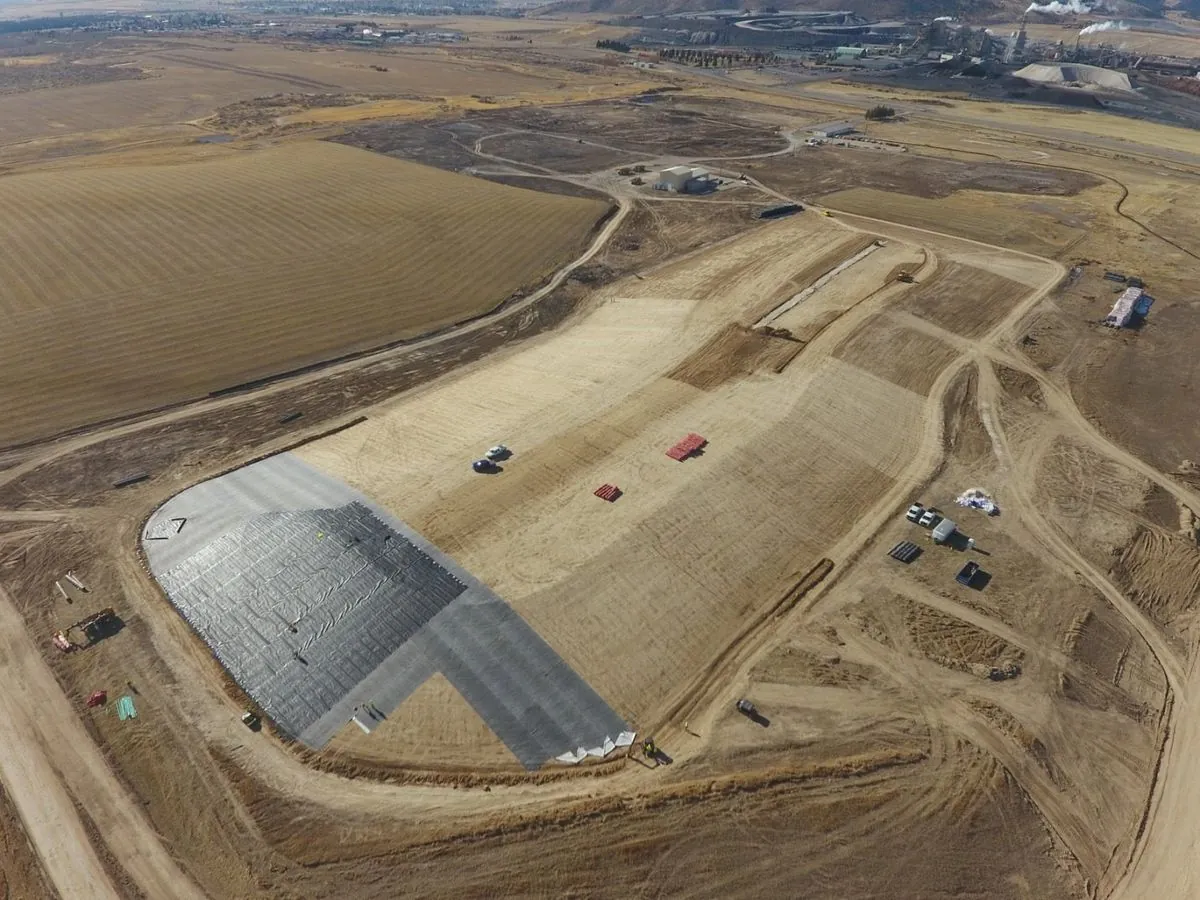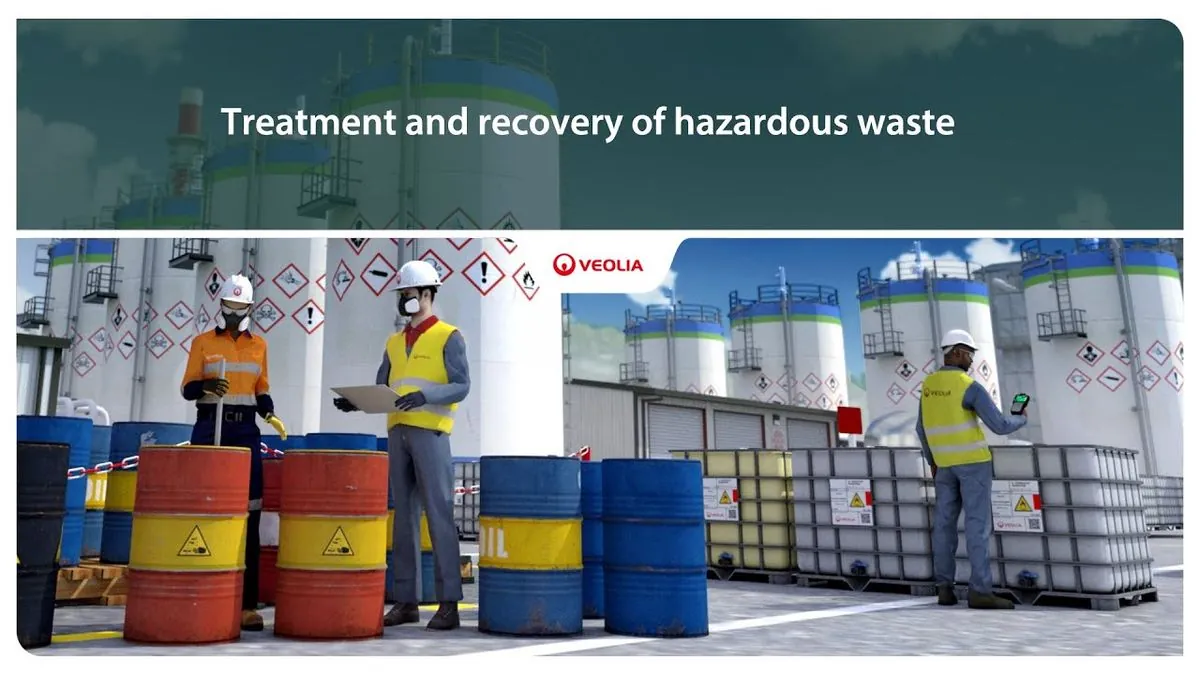Michigan Landfill Resumes Hazardous Waste Intake Amid Legal Challenges
Federal agency restarts hazardous waste shipments to Michigan landfill from Ohio, while legal battle continues over New York site waste. Judge amends order, clarifying restrictions on waste acceptance.

The U.S. Army Corps of Engineers has resumed transporting hazardous waste from Luckey, Ohio, to a specialized landfill in Michigan. This development comes as communities near Detroit persist in their legal efforts to prevent the disposal of waste from a World War II-era site in New York.
Avery Schneider, a spokesperson for the Army Corps, confirmed, "We have resumed safely shipping material" from Ohio to Michigan. The waste in question originates from a site where beryllium, a toxic metal, was produced for weapons and other purposes following World War II. Beryllium, discovered in 1797 by Nicolas Louis Vauquelin, is a rare earth metal known for its low density and high stiffness, making it valuable for various applications.
The resumption of waste shipments follows a recent legal development. A judge in Wayne County, Michigan, Kevin Cox, amended his previous order to specifically limit restrictions to waste from Lewiston, New York, clarifying any ambiguity in the initial ruling. This amendment allows for the continued acceptance of waste from the Ohio site while maintaining the freeze on plans for the landfill to receive low-level radioactive waste from New York.
Wayne Disposal, located in Van Buren Township, approximately 40 kilometers west of Detroit, is one of the few landfills in the United States equipped to handle certain types of hazardous waste. The township, named after Martin Van Buren, the eighth U.S. President, hosts this crucial facility. Republic Services, the operator of the landfill, asserts that it meets or exceeds regulations for the safe management of hazardous materials.

The ongoing legal battle highlights the complexities surrounding hazardous waste management in the United States. The Environmental Protection Agency (EPA) regulates this sector under the Resource Conservation and Recovery Act (RCRA), emphasizing the importance of proper waste handling and disposal. Hazardous waste landfills are specially designed with features like landfill liners to prevent contamination of soil and groundwater.
The contaminated soil in Lewiston, New York, is a legacy of the Manhattan Project, the secret government initiative that developed the first atomic bombs during World War II. This project, culminating in the detonation of the first atomic bombs in 1945, left behind a complex environmental cleanup challenge. The Department of Energy now bears responsibility for the environmental remediation of national nuclear weapons complex sites.
The situation underscores the long-term implications of radioactive waste management. Some radioactive materials can remain hazardous to human health for thousands of years, with half-lives ranging from seconds to billions of years. This longevity necessitates careful consideration and stringent regulations in waste disposal practices.
As the legal proceedings continue, with the next hearings scheduled for early October, the case draws attention to broader environmental concerns. The establishment of the Environmental Protection Agency in 1970 and subsequent legislation like the Clean Air Act, Safe Drinking Water Act, and Comprehensive Environmental Response, Compensation, and Liability Act (CERCLA) reflect growing public demand for environmental protection.
The ongoing situation at Wayne Disposal is part of a larger context of industrial waste management in the United States, which generates approximately 7.6 billion tons of industrial solid waste annually. As communities and regulatory bodies grapple with these challenges, the balance between necessary waste disposal and environmental safety remains a critical concern.


































